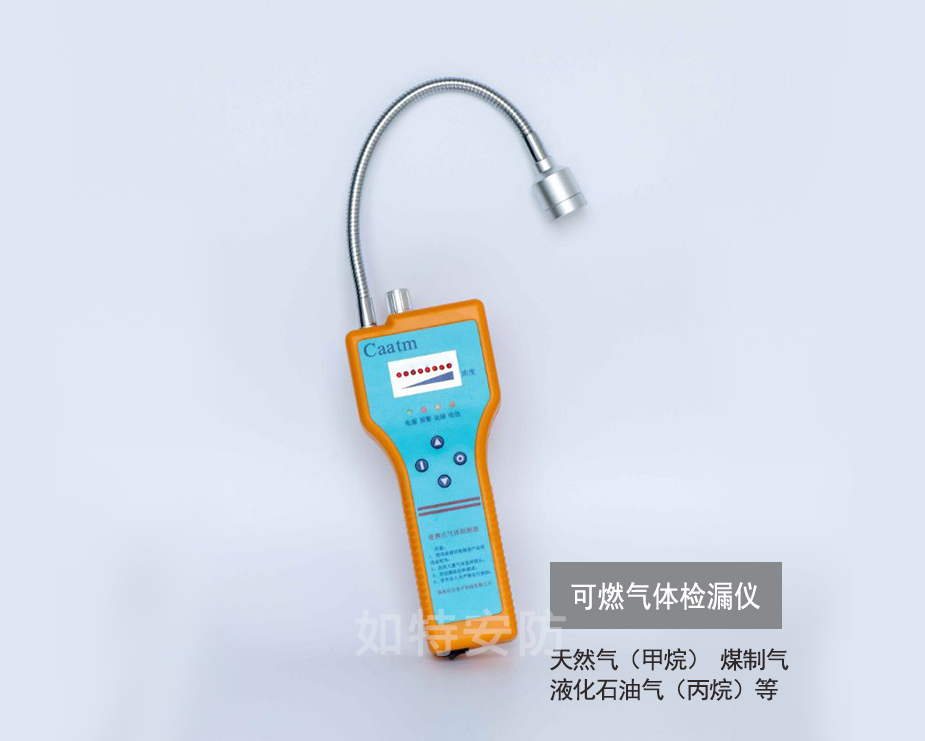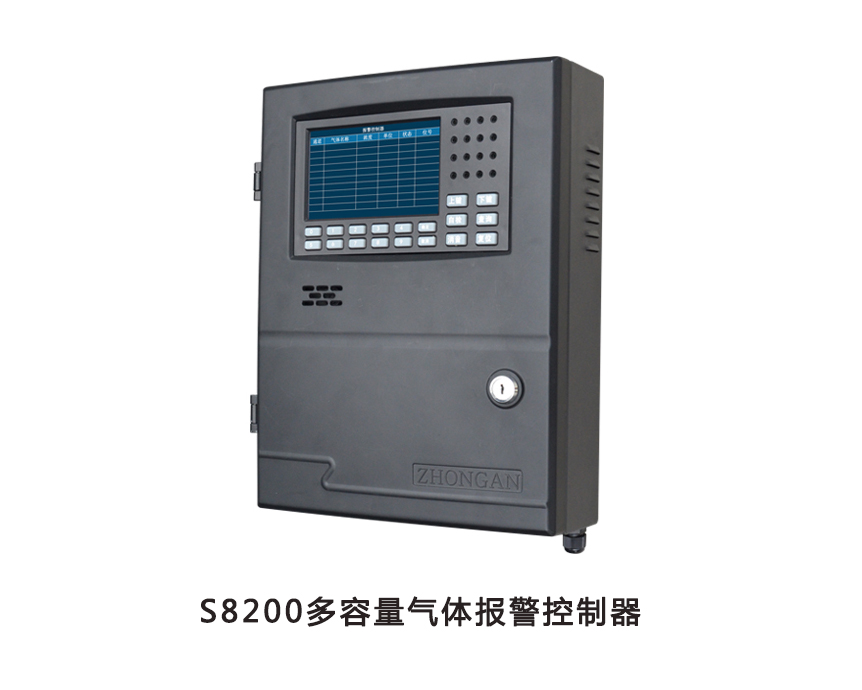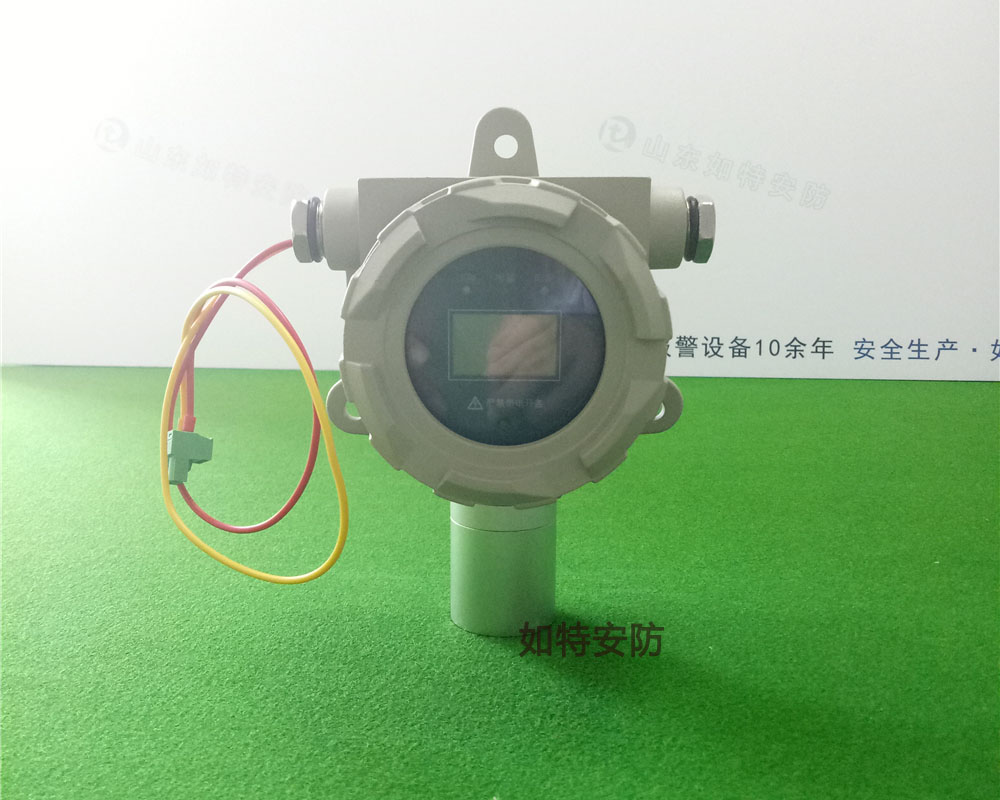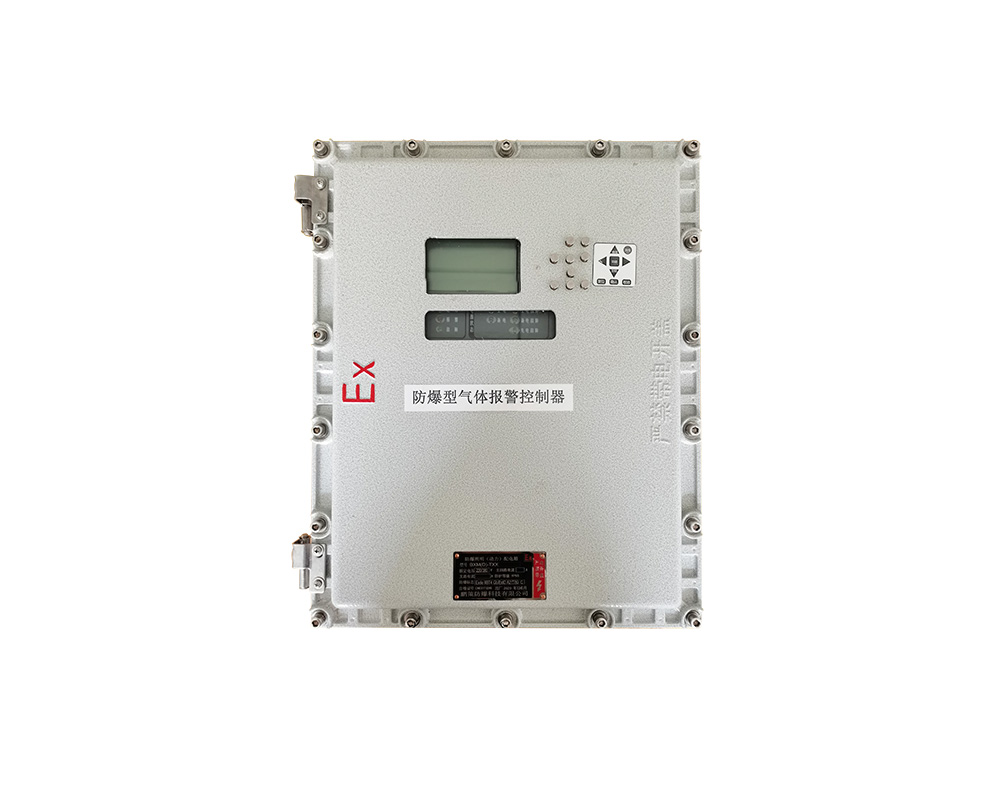新奇的半参数算法,用于免干扰调谐吸收光谱气体传感(10)
文章出处:如特安防 人气:发表时间:2018-09-02 18:41:23
Acknowledgments
This work was carried out under a Commission for Technology and Innovation CTI grant (17176.1 PFNM-NM).
europepmc.org
europepmc.org
Abbreviations
The following abbreviations are used in this manuscript:
TDLAS Tunable Diode Laser Absorption Spectroscopy
FSR Free Spectral Range
CFT Continuous Fourier Transform
DFT Discrete Fourier Transform
RW Rectangular Window
HWHM Half Width at Half Maximum
VCSEL Vertical-cavity surface-emitting laser
Appendix A Approximation of the CFT by the Modified DFT
In this paper, the following definition for the continuous Fourier transform (CFT) is used

Let us first make some assumptions that will simplify the calculations. Let us assume that the function f(x) is zero outside a certain range (−a/2, a/2) with some a ∈ ℝ and a > 0 and let us indicate with m the number of data points at our disposal. For convenience, m is taken to be even. Let us introduce the sampling rate β as

The abscissas of the data xj and kj can be written as:


with j going from −m/2 to m/2. We can approximate Equation (A1) with a Riemann sum using the fact that f(x) is zero outside the range (−a/2, a/2):

where we have approximated the integral with a discrete sum. Clearly, the bigger m is, the better will be the approximation. Now, using Equations (A3) and (A4), we can rewrite (A5) as
Author Contributions
F.V. conceived, designed and performed the experiments; U.M. proposed and developed the algorithm; F.V. and U.M. analyzed the data and wrote the paper.
Conflicts of Interest
The authors declare no conflict of interest.
References
1. Cassidy D.T., Reid J. Atmospheric pressure monitoring of trace gases using tunable diode lasers. Appl. Opt. 1982;21:1185–1190. doi: 10.1364/AO.21.001185.
2. Schiff H.I., Mackay G.I., Bechara J. The use of tunable diode laser absorption spectroscopy for atmospheric measurements. Res. Chem. Intermed. 1994;20:525–556. doi: 10.1163/156856794X00441.
3. Fehér M., Martin P.A. Tunable diode laser monitoring of atmospheric trace gas constituents. Spectrochim. Acta A. 1995;51:1579–1599. doi: 10.1016/0584-8539(95)01401-F.
4. Fried A., Henry B., Wert B., Sewell S., Drummond J.R. Laboratory, ground- based and airborne tunable diode laser systems performance characteristics and applications in atmospheric studies. Appl. Phys. B. 1998;67:317–330. doi: 10.1007/s003400050511.
5. Tuzson B., Henne S., Brunner D., Steinbacher M., Mohn J., Buchmann B., Emmenegger L. Continuous isotopic composition measurements of tropospheric CO2 at Jungfraujoch (3580 m a.s.l.), Switzerland: Real-time observation of regional pollution events. Atmos. Chem. Phys. 2011;11:1685–1696. doi: 10.5194/acp-11-1685-2011.
6. Nikodem M., Wysocki G. Chirped Laser Dispersion Spectroscopy for Remote Open-Path Trace-Gas Sensing. Sensors. 2012;12:16466–16481. doi: 10.3390/s121216466. [PMC free article]
7. McCurdy M.R., Bakhirkin Y., Wysocki G., Lewicki R., Tittel F.K. Recent advances of laser-spectroscopy based techniques for applications in breath analysis. J. Breath Res. 2007;1:014001. doi: 10.1088/1752-7155/1/1/014001.
8. Wang C., Sahay P. Breath Analysis using laser spectroscopic techniques: Breath biomarkers, spectral fingerprints, and detection limits. Sensors. 2009;9:8230–8262. doi: 10.3390/s91008230. [PMC free article]
9. Risby T.H., Tittel F.K. Current status of mid-infrared quantum and interband cascade lasers for clinical breath analysis. Opt. Eng. 2010;49:111123/1-24.
10. Curl R.F., Capasso F., Gmachl C., Kosterev A.A., McManus B., Lewicki R., Pusharsky M., Wysocki G., Tittel F.K. Quantum cascade lasers in chemical physics. Chem. Phys. Lett. 2010;487:1–20. doi: 10.1016/j.cplett.2009.12.073.
11. Linnerud I., Kaspersen P., Jaeger T. Gas monitoring in the process industry using diode laser spectroscopy. Appl. Phys. B. 1998;67:297–305. doi: 10.1007/s003400050509.
12. Lackner M. Tunable diode laser absorption spectroscopy (TDLAS) in the process industries—A review. Rev. Chem. Eng. 2007;23:65–147.
13. Kluczynski P., Jahjah M., Nähle L., Axner O., Belahsene S., Fischer M., Koeth J., Rouillard Y., Westberg J., Vicet A., et al. Detection of acetylene impurities in ethylene and polyethylene manufacturing processes using tunable diode laser spectroscopy in the 3-μm range. Appl. Phys. B. 2011;105:427–434. doi: 10.1007/s00340-011-4645-6.
14. Hodgkinson J., Tatam R.P. Optical gas sensing: A review. Meas. Sci. Technol. 2013;24 doi: 10.1088/0957-0233/24/1/012004.
15. Masiyano D., Hodgkinson J., Schilt S., Tatam R.P. Self-mixing interference effects in tunable diode laser absorption spectroscopy. Appl. Phys. B. 2009;96:863–874. doi: 10.1007/s00340-009-3690-x.
16. Hartmann A., Strzoda R., Schrobenhauser R., Weigel R. Ultra-compact TDLAS humidity measurement cell with advanced signal processing. Appl. Phys. B. 2014;115:263–268. doi: 10.1007/s00340-013-5599-7.
17. Werle P. Accuracy and precision of laser spectrometers for trace gas sensing in the presence of optical fringes and atmospheric turbulence. Appl. Phys. B. 2011;102:313–329. doi: 10.1007/s00340-010-4165-9.
18. Webster C. Brewster-plate spoiler: A novel method for reducing the amplitude of interference fringes that limit tunable-laser absorption sensitivities. J. Opt. Soc. Am. B. 1985;2:1464–1470. doi: 10.1364/JOSAB.2.001464.
19. Silver J.A., Stanton A.C. Optical interference fringe reduction in laser absorption experiments. Appl. Opt. 1988;27:1914–1916. doi: 10.1364/AO.27.001914.
20. Whittaker E.A., Gehrtz M., Bjorklund G. Residual amplitude modulation in laser electro-optic phase modulation. J. Opt. Soc. Am. B. 1985;2:1320–1326. doi: 10.1364/JOSAB.2.001320.
21. Sun H.C., Whittaker E.A. Novel etalon fringe rejection technique for laser absorption spectroscopy. Appl. Opt. 1992;31:4998–5002. doi: 10.1364/AO.31.004998.
22. Goldenstein C.S., Strand C.L., Schultz I.A., Sun K., Jeffries J.B., Hanson R.K. Fitting of calibration-free scanned-wavelength-modulation spectroscopy spectra for determination of gas properties and absorption lineshapes. Appl. Opt. 2014;53:356–367. doi: 10.1364/AO.53.000356.
23. Ehlers P., Johansson A.C., Silander I., Foltynowicz A., Axner O. Use of etalon-immune distances to reduce the influence of background signals in frequency-modulation spectroscopy and noise-immune cavity enhanced optical heterodyne molecular spectroscopy. J. Opt. Soc. Am. B. 2014;31:2934–2945. doi: 10.1364/JOSAB.31.002938.
24. Chen J., Hangauer A., Strzoda R., Amann M.C. Laser spectroscopic oxygen sensor using diffuse reflector based optical cell and advanced signal processing. Appl. Phys. B. 2010;100:417–425. doi: 10.1007/s00340-010-3956-3.
25. Li J., Yu B., Zhao W., Chen W. A review of signal enhancement and noise reduction techniques for tunable diode laser absorption spectroscopy. Appl. Spectrosc. Rev. 2014;49:666–691. doi: 10.1080/05704928.2014.903376.
26. Tenoudji F.C. Analog and Digital Signal Analysis. 1st ed. Springer International Publishing; Cham, Switzerland: 2016. pp. 111–113.
27. Tukey J.W. Spectral Analysis of Time Series. Wiley; New York, NY, USA: 1967. An introduction to the calculations of numerical spectrum analysis; pp. 25–46.
28. Harris F.J. On the use of Windows for Harmonic Analysis with the Discrete Fourier Transform. Proc. IEEE. 1978;66:51–83. doi: 10.1109/PROC.1978.10837.
29. Reid J., El-Sherbiny M., Garside B.K., Ballik E.A. Sensitivity limits of a tunable diode laser spectrometer, with application to the detection of NO(2) at the 100-ppt level. J. Appl. Opt. 1980;19:3349–3354. doi: 10.1364/AO.19.003349.
30. Tenoudji F.C. Analog and Digital Signal Analysis. 1st ed. Springer International Publishing; Cham, Switzerland: 2016. pp. 265–267.
31. Rothman L.S., Gordon I.E., Babikov Y., Barbe A., Chris Benner D., Bernath P.F., Birk M., Bizzocchi L., Boudon V., Brown L.R., et al. The HITRAN2012 molecular spectroscopic database. J. Quant. Spectrosc. Radiat. Transf. 2013;130:4–50. doi: 10.1016/j.jqsrt.2013.07.002.
32. SpectraPlot the Wavelength Search Engine.
本文原著:Umberto Michelucci and Francesca Venturini
本文由山东如特安防设备有限公司LK编译,转载必须注明来自 sdrtkm.com
本文原著:Umberto Michelucci and Francesca Venturini
本文由山东如特安防设备有限公司LK编译,转载必须注明来自 sdrtkm.com
本文标签字:干扰 干扰消除 噪声降低 数字滤波 光谱学 传感器
同类文章排行
- 有害气体的危害:四川食品厂发生员工中毒伤亡
- 检测乙炔浓度的气体探测器安装高度为多少,安
- 如特安防2021春节放假通知(气体报警器发货安排
- 安装乙炔气体探测器时,需要安装多高,安装距
- 山东如特安防2021年元旦放假通知
- S8200气体报警控制器可以监测氯乙烯气体浓度吗
- 药厂叉车充电间安安装氢气报警器案例介绍说明
- 山东如特安防RBT氧气探测器默认量程改为0-25%VO
- 江苏餐饮用户安装燃气泄漏自动切断报警器的相
- 可燃气体报警器检测量程及报警值设置的依据标
最新资讯文章
- 如特安防2021春节放假通知(气体报警器发货安排
- 山东如特安防2021年元旦放假通知
- 药厂叉车充电间安安装氢气报警器案例介绍说明
- 山东如特安防RBT氧气探测器默认量程改为0-25%VO
- 2020年双节(国庆中秋)山东如特安防假期时间以
- 4台黄色款KP836(NO2 O2 CO SO2)四合一有毒气体检测
- 20台R10型CO气体检测仪发往南通印刷厂
- S316型二合一(甲基砒啶+氨气)气体检测报警仪老
- 如特安防技术部为客户测试老化KP826四合一气体检
- 山东如特安防端午节放假通知
- RBT-8000-FCX型环氧乙烷气体探测器发往苏州医用品
- 双头可燃气体检测仪RBBJ-T20今日发往石家庄
- 11日发新乡两台R10糠醛气体检测仪 报警值40μmol
- 5月11日3套一拖二天然气泄漏切断报警器发货到镇
- 山东如特安防设备有限公司五一放假公告
- 美食街饭店餐馆厨房安装如特燃气泄漏检测报警
- 德州物流仓储公司安装6路氟利昂气体报警器用于
- 一带八溶剂油(稀料)气体报警器带证发往宁波
- 福建客户订购:液化气餐饮设备配套RBBJ-T丙烷气
- 水泥厂安装现场声光报警功能的气体报警器检测

如特安防手机版网站二维码






